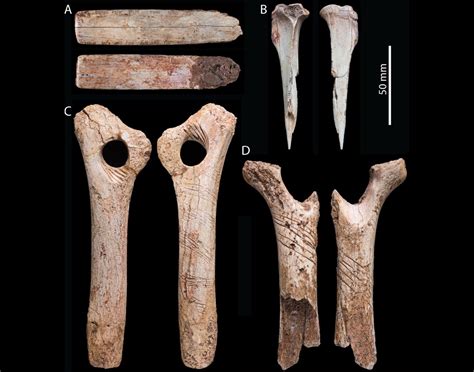In the depths of history, around 4,900 years ago on the serene island of Bornholm in Denmark, a mysterious ritual unfolded. As a volcanic eruption shrouded the sun in darkness, a Stone Age community embarked on a unique endeavor to entice back the vital star that nourished their crops and illuminated their world.
The discovery of over 600 meticulously carved and decorated stones from this era has stirred intrigue among archaeologists worldwide. These stones, adorned with intricate images predominantly symbolizing the sun and plants, may have held the key to an ancient belief system centered around nature’s cycles and cosmic forces.
The Sun’s Call: Engraved Stones as Prayers
Archaeologist Rune Iversen and his team stumbled upon this treasure trove between 2013 and 2018 at ritual gathering sites linked to the enigmatic Funnel Beaker culture. The deliberate act of burying these engraved stones appears to have been a solemn response to a significant cosmic disturbance – possibly a volcanic eruption that veiled the sun and disrupted agricultural patterns.
Expert Insights into Ancient Practices
Alison Sheridan, an acclaimed archaeologist not involved in the study, noted that these stones could represent prayers or invocations for the sun’s return and bountiful harvests. The meticulous arrangement of these artifacts hints at a deep-seated connection between human spirituality and natural phenomena.
Marc Vander Linden from Bournemouth University praised this archaeological find for its exceptional quality and quantity but urged caution regarding directly attributing it to volcanic activities. He emphasized the importance of widening the timeline under scrutiny to ascertain any distinctive environmental shifts during that period.
Unraveling Mysteries through Ice Cores
To piece together this ancient puzzle, researchers turned their gaze towards ice core samples from Greenland and Antarctica. These geological archives unveiled traces of a volcanic eruption circa 2910 B.C., which likely triggered global cooling and diminished sunlight crucial for agriculture.
Additionally, sediment records from German lake beds indicated reduced sunlight levels around this epoch while tree ring analyses suggested multiple instances of frost during growing seasons in Germany and America.
The absence of clear identification regarding which volcano erupted leaves room for further exploration into understanding its broader repercussions across different regions impacted by its ash-laden aftermath.
A Time of Transition
Coinciding with the decline of the Funnel Beaker culture, marked by social upheaval reverberating throughout Europe during that era, this geological event might have catalyzed profound transformations within communities struggling to adapt to environmental adversities caused by volcanic disturbances rippling across continents.
As we delve deeper into humanity’s past through such remarkable archaeological revelations, we are reminded of our ancestors’ resilience in facing environmental crises beyond their control – seeking solace in rituals etched on stone as they navigated uncertainties brought forth by nature’s unpredictable whims.






Leave feedback about this